Tsukiji vs. Toyosu: Which Is Tokyo's Ultimate Fish Market?

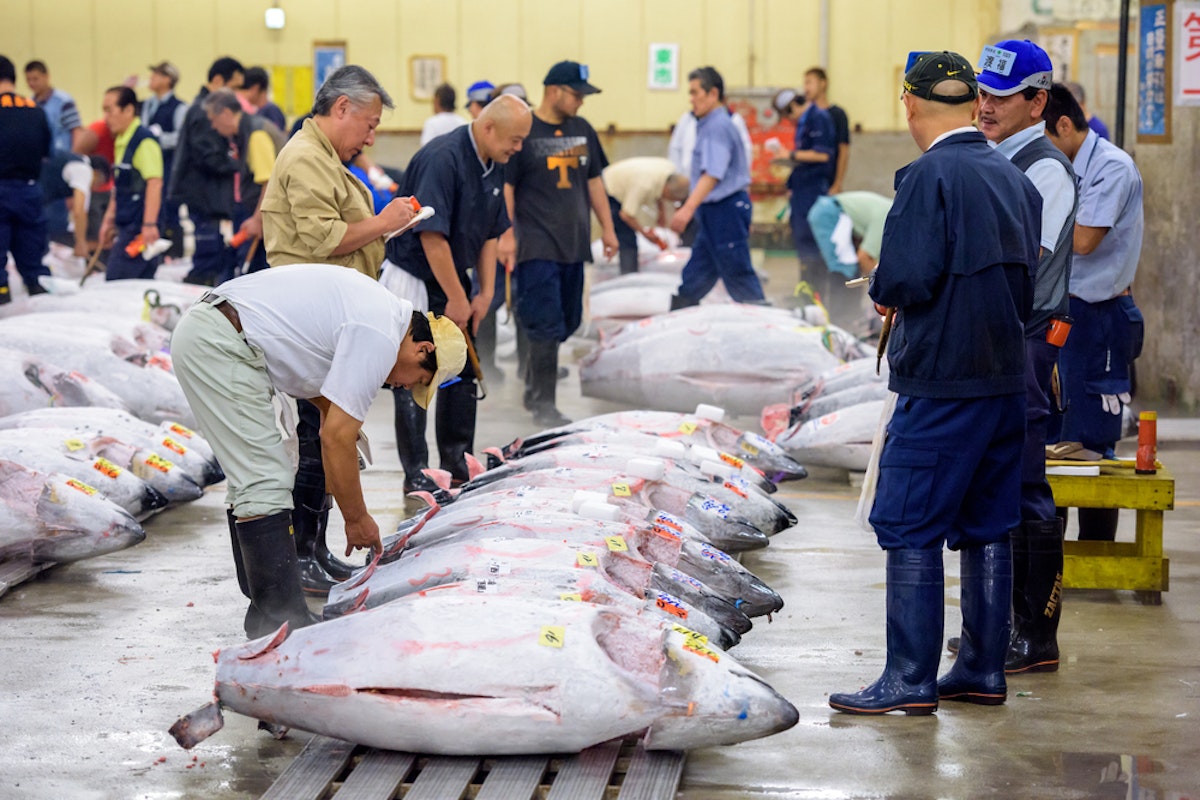
When it comes to experiencing the heart of Tokyo's seafood culture, two names often come to mind: Tsukiji and Toyosu. These fish markets, each with its unique history and charm, are more than just places to buy fish; they are vibrant, bustling worlds that offer a fascinating glimpse into the city's culinary traditions. For foodies, tourists, and locals alike, the debate often boils down to Tsukiji vs. Toyosu: which is Tokyo's ultimate fish market?
The Tsukiji fish market, once the largest wholesale fish and seafood market in the world, has been an integral part of Tokyo's food scene since 1935. On the other hand, Toyosu, the new kid on the block, took over from Tsukiji in 2018 as the city's main wholesale market. Now, both markets continue to thrive, offering distinct experiences to their visitors.
While Tsukiji charms with its old-world character and street food stalls, Toyosu impresses with its modern facilities and incredible seafood variety. In this blog post, we'll delve deeper into the Tsukiji vs. Toyosu debate, exploring what each market has to offer and helping you decide which one to visit on your next trip to Tokyo.
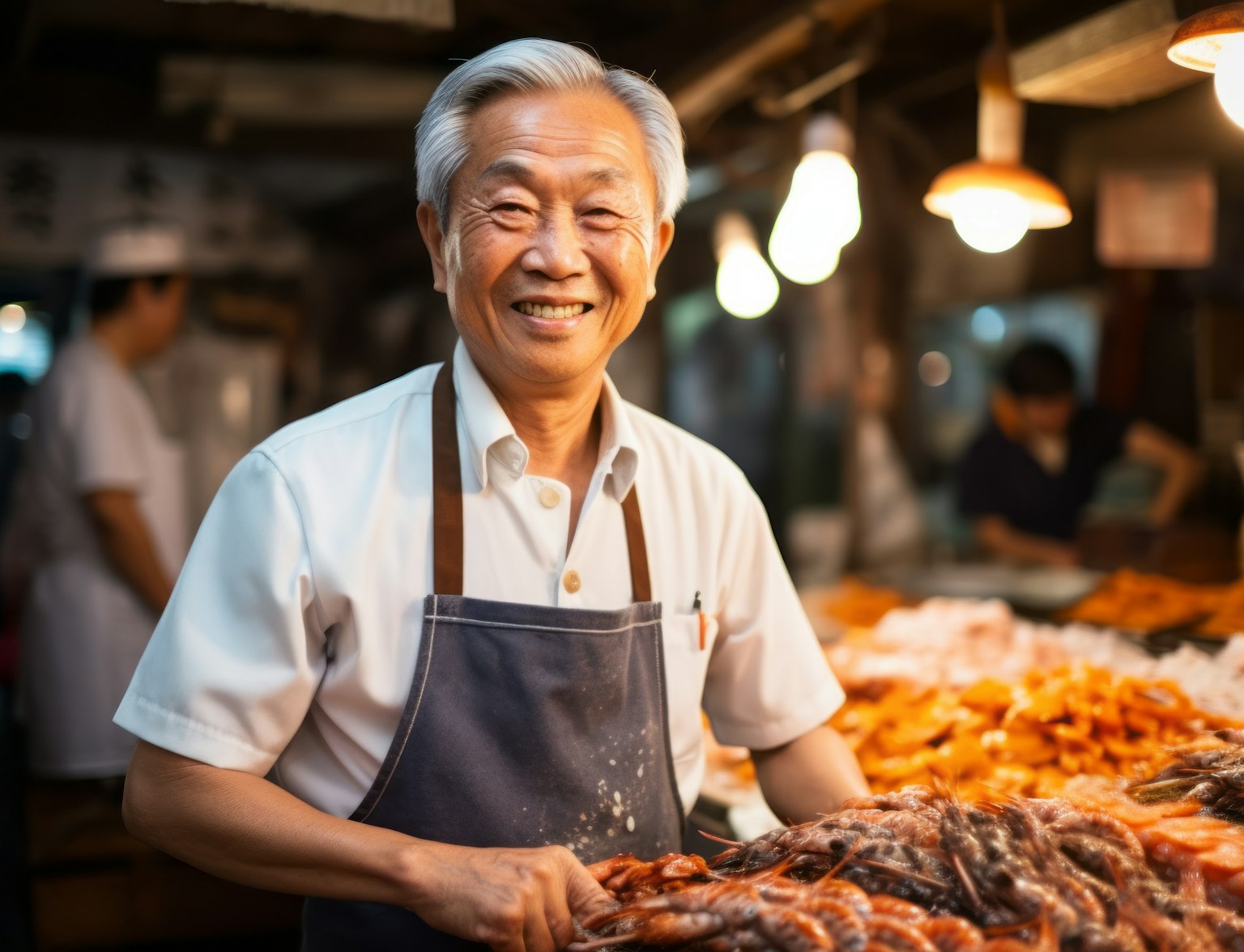
Embark on a culinary journey through Tokyo! Dive deep into the vibrant Tsukiji Market, master authentic Japanese dishes in a hands-on cooking class, and relish a meal crafted by you. Book now for an unforgettable gastronomic adventure!
Tsukiji vs. Toyosu
When comparing the two famous fish markets in Tokyo, Tsukiji and Toyosu, several factors come into play including accessibility, variety of seafood, and the overall experience for tourists and locals.
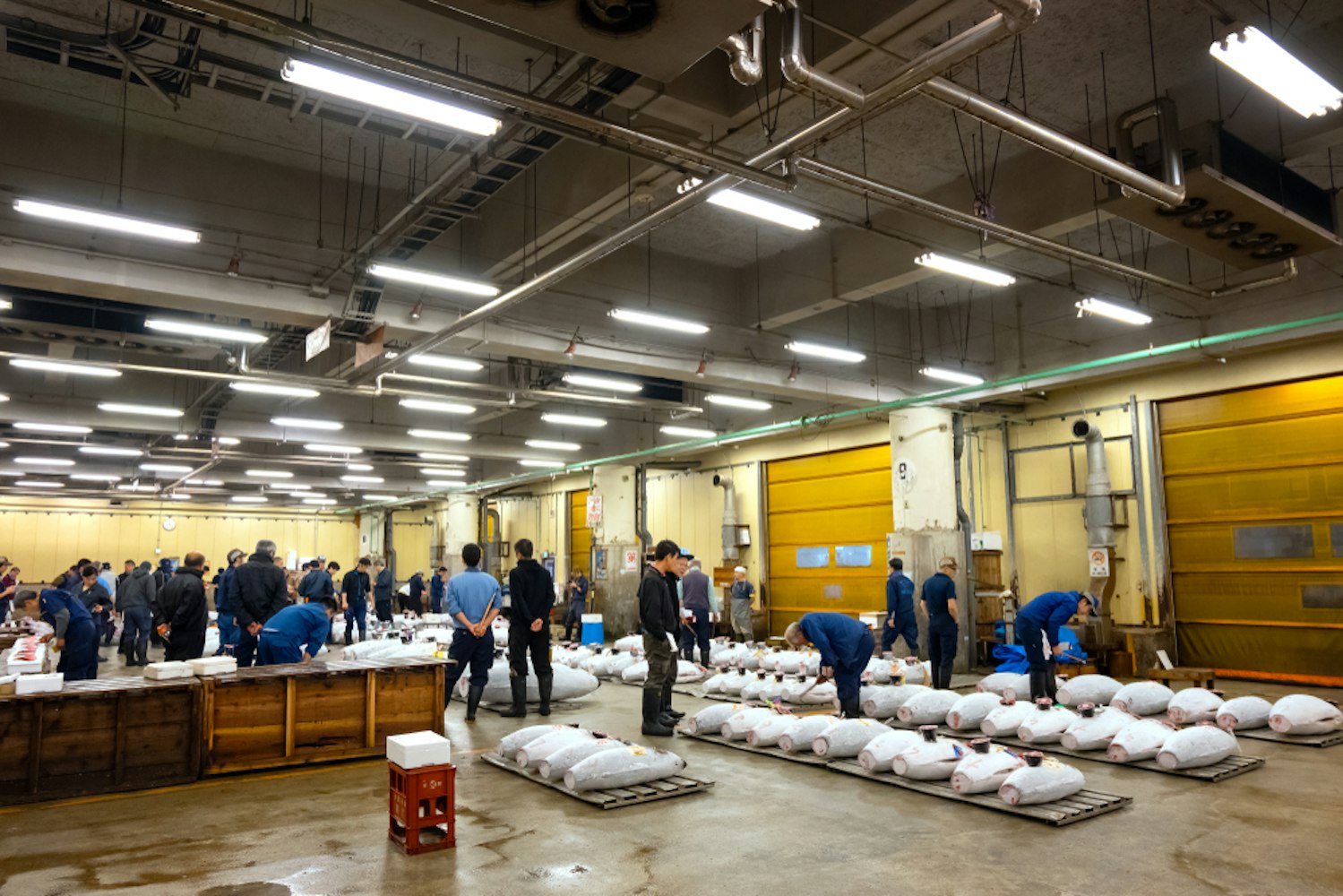
Assessing Accessibility and Location
Tsukiji Market, situated closer to the Shiodome and Ginza areas, has traditionally been more accessible to tourists and locals alike. On the other hand, the new Toyosu Market is located on a reclaimed section of land that's slightly further out.
However, its proximity to the Shijo Mae station makes it accessible via the Yurikamome line. While Tsukiji's location provides an old-world charm, Toyosu's modern infrastructure and city views from the constructed land offer a different appeal.
Quality and Variety of Seafood
Regarding the quality and variety of seafood, both markets have set high standards, yet they offer different experiences. Tsukiji, with its long history dating back to the 1930s, had established a reputation for the freshest seafood, attracting top chefs from around the world. Its inner market was famed for its vast array of seafood, including rare and exotic species.
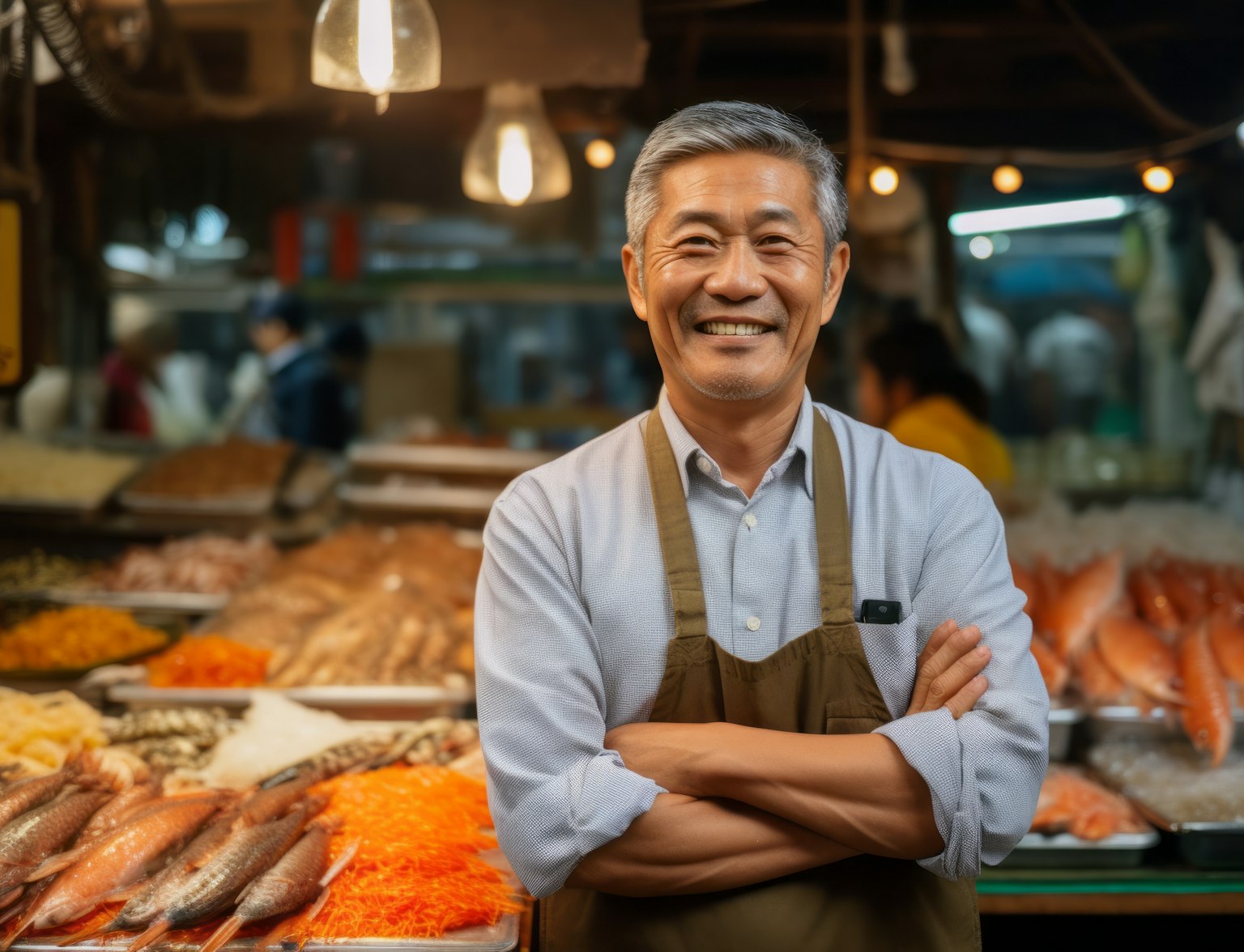
join us on our guided Fish Market Tour at Tsukiji and take in all that this amazing place has to offer
Toyosu, on the other hand, has continued this legacy with a focus on maintaining and enhancing the quality standards set by Tsukiji. It houses improved refrigeration and storage facilities, ensuring that the seafood's freshness is preserved.
Tourist Attractions and Local Experience
In terms of local experience, Tsukiji's bustling atmosphere, small shops, and street food provide a vibrant, organic environment. The market area becomes particularly lively in the early morning, offering visitors a unique cultural experience.
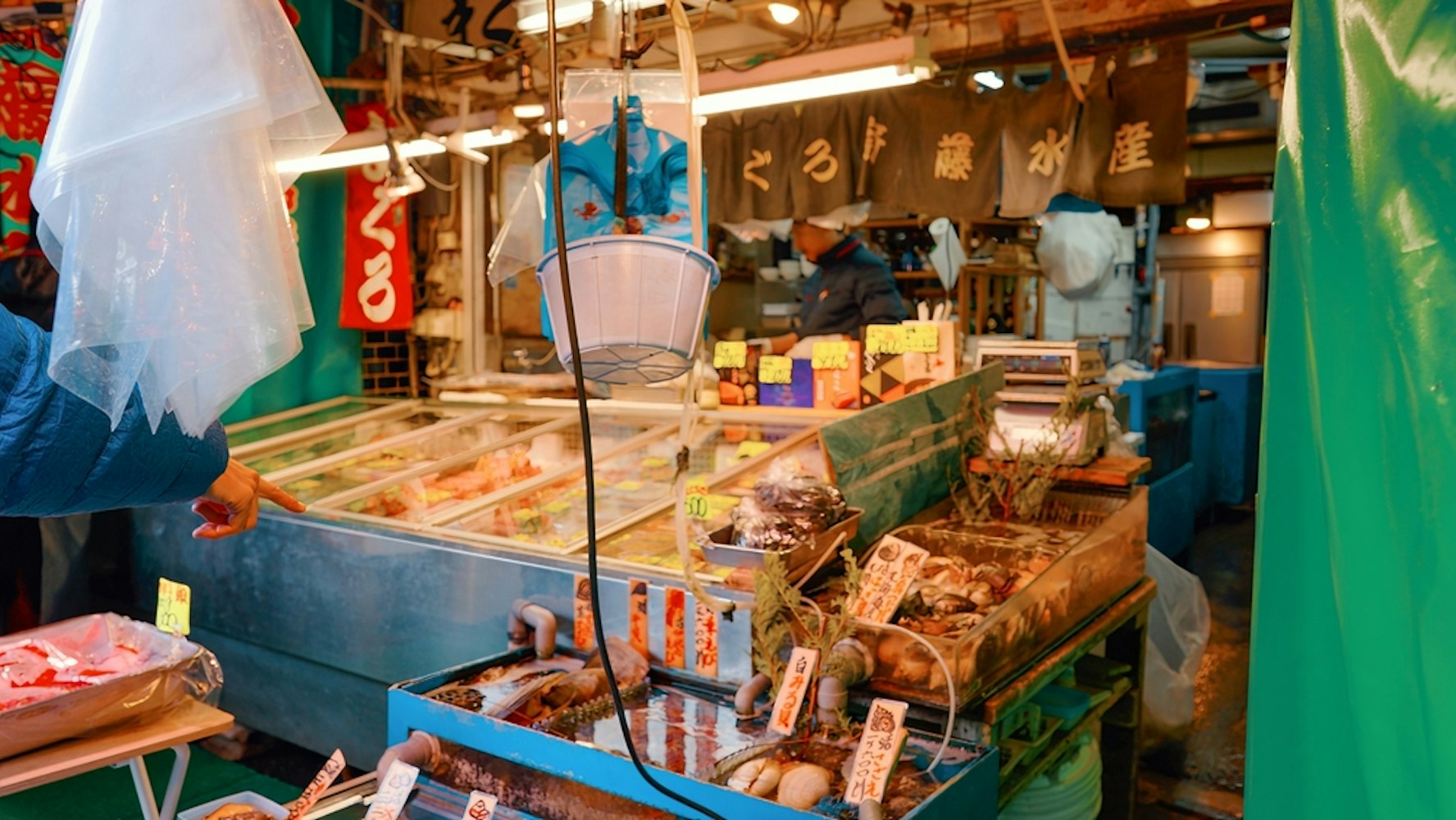
Conversely, Toyosu provides a more controlled and business-like environment with its enclosed facilities ensuring food safety. It hosts a complex of small restaurants rather than street food vendors. The Tuna Auction Observation Deck is a major tourist attraction at Toyosu, allowing visitors to witness the high-stakes auctions of frozen tuna.
Savoring Tokyo's Seafood Saga
Tsukiji and Toyosu, both iconic landmarks of Tokyo, offer contrasting yet equally captivating experiences. Tsukiji, with its historic allure and bustling food stalls, immerses you in the rich tapestry of traditional Japanese cuisine.
Alternatively, Toyosu symbolizes Tokyo's relentless march towards the future. This modern, well-organized seafood hub offers a rare insight into the functioning of one of the world's premier fish markets. Whether you choose to explore the quaint charm of Tsukiji or the contemporary dynamism of Toyosu, both promise a unique journey through Tokyo's vibrant seafood culture.
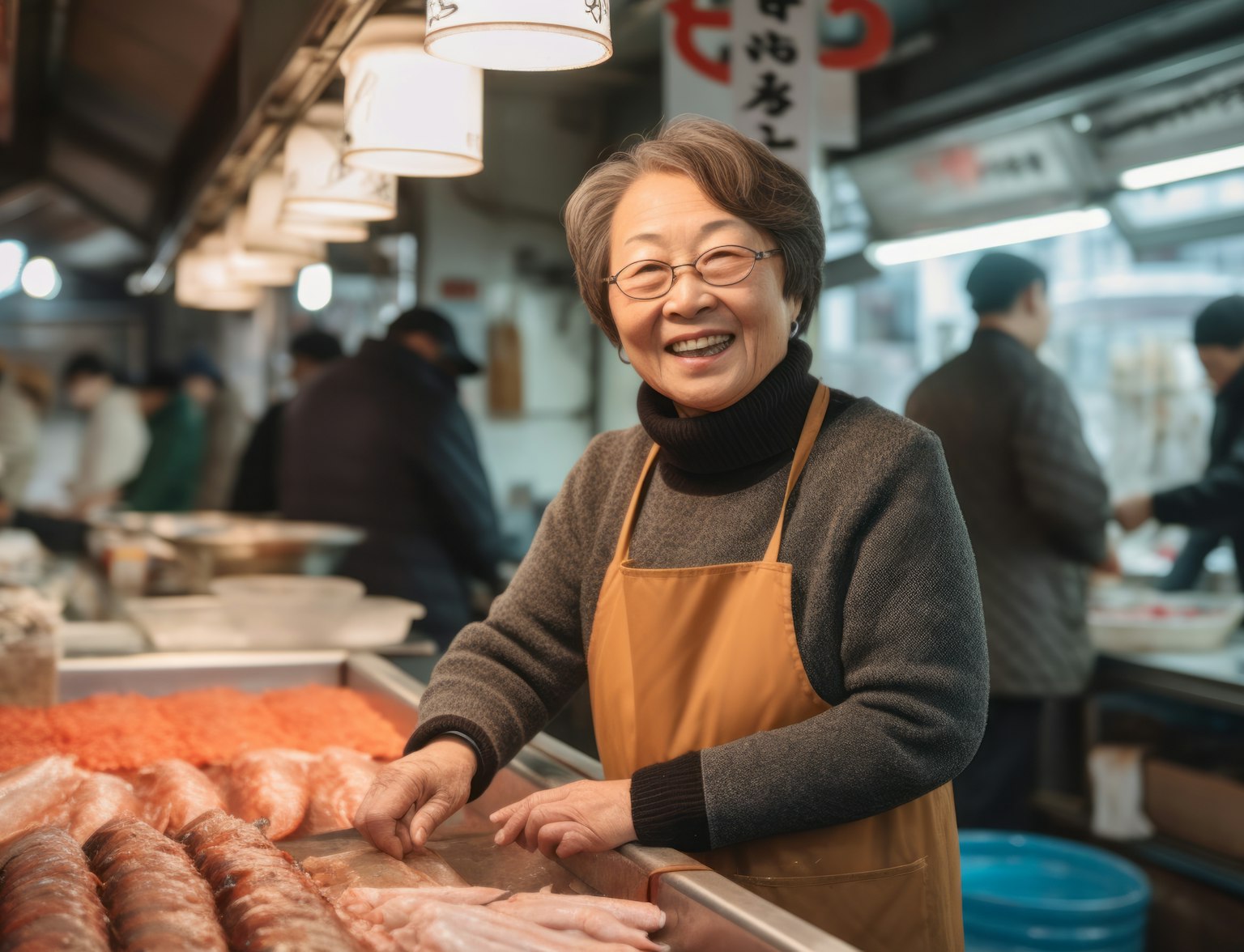
Visit one of the iconic fish markets in Nagoya with this tour.
The Historical Significance of Tsukiji Market
The Tsukiji Market, often referred to as 'Tokyo's Kitchen', has a rich and fascinating history. It was first established in the 20th century in the Nihonbashi district of Tokyo, making it the first fish market in this area. However, its roots can be traced back to the 16th Century when Tokugawa Ieyasu, the first shogun of the Tokugawa shogunate, made Edo (modern Tokyo) Japan's capital.

In 1935, the Tsukiji Market was officially opened as an integrated wholesale market. This marked a significant development, as it included a state-of-the-art, earthquake-resistant facility that comprised a railway station, a wharf, and space.
Over time, it grew to become the largest wholesale fish and seafood market in the world, attracting a myriad of fish merchants and people looking to rebuild their lives after a large fire in 1657. The market also played a pivotal role in feeding the massive population of Tokyo.
The Modernization and Rise of Toyosu Market
The Toyosu Market, which took over from the Tsukiji Market, represents the modernization and evolution of Japan's fish market industry. As Tokyo's population grew, so did the need for a more efficient and technologically advanced marketplace. The Toyosu Market, with its cutting-edge facilities, emerged as the answer to this growing demand.
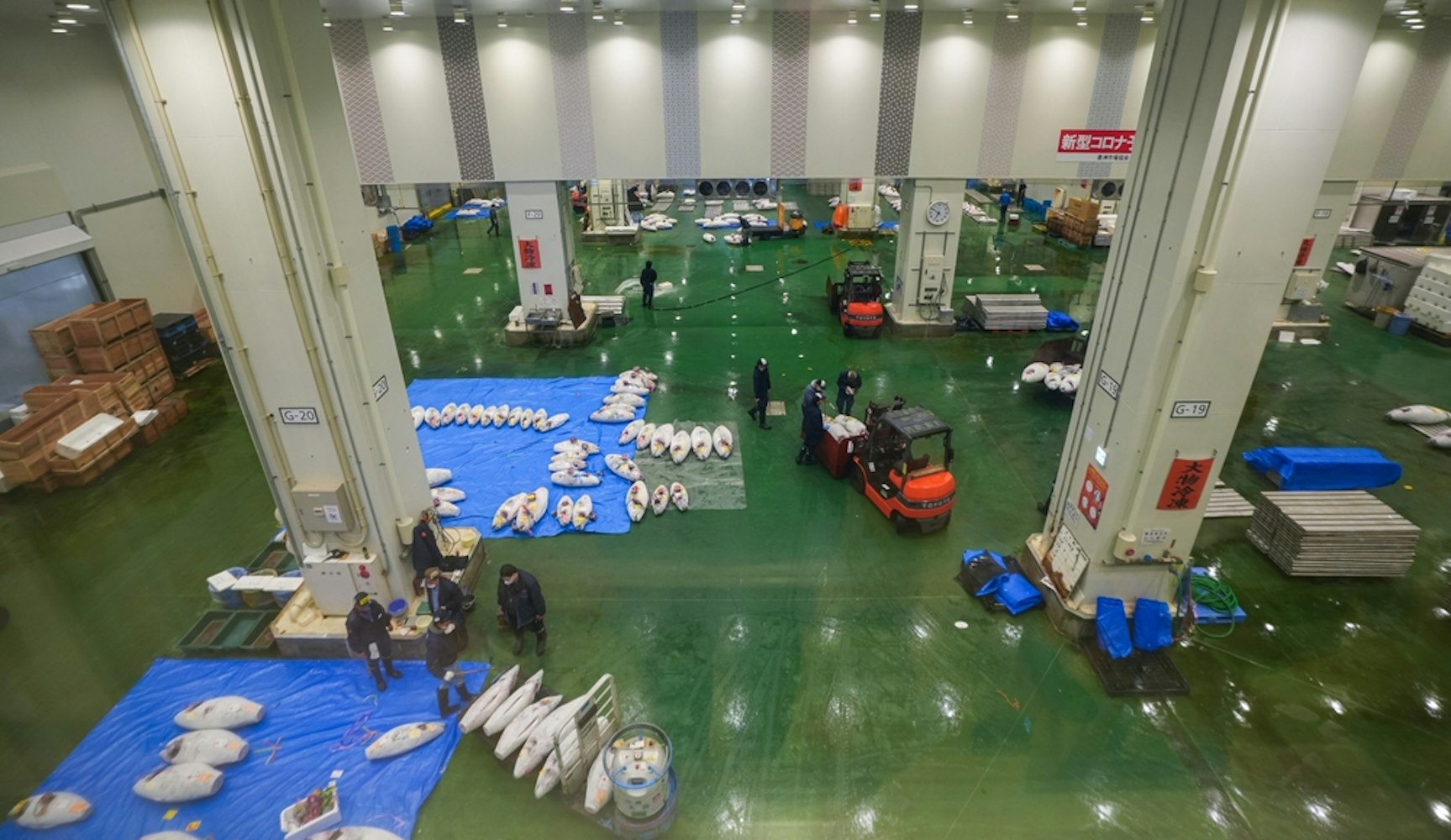
The Toyosu Market continued the legacy of the Tsukiji Market by providing a central hub for fresh seafood. It has maintained the tradition of the tuna auction, a highlight for both locals and tourists alike. Despite the shift in location and the incorporation of more modern facilities, the spirit of the Tsukiji Market lives on in Toyosu. The market continues to be a vital part of Tokyo's culinary scene and an essential component of the city's economy.
Tsukiji Market: A Walk Through Tradition
The Tsukiji Market, located in central Tokyo between the Sumida River and the upscale Ginza shopping district, is a place where tradition meets modernity. Although the inner wholesale market has relocated to Toyosu, the Tsukiji Outer Market continues to be a bustling hub for fresh seafood, vegetables, and traditional Japanese food materials.
Despite the relocation of the inner market, Tsukiji still holds a special place in the hearts of locals and tourists alike. With around 400 shops lining its streets, the Tsukiji Outer Market is a gastronomic paradise that offers an authentic slice of Tokyo.
Exploring Tsukiji's Vibrant Atmosphere
Tsukiji's vibrant atmosphere is one of its defining features. The hustle and bustle of merchants, the chatter of buyers haggling over prices, and the tantalizing aroma of fresh produce create an environment that is both exciting and unique.
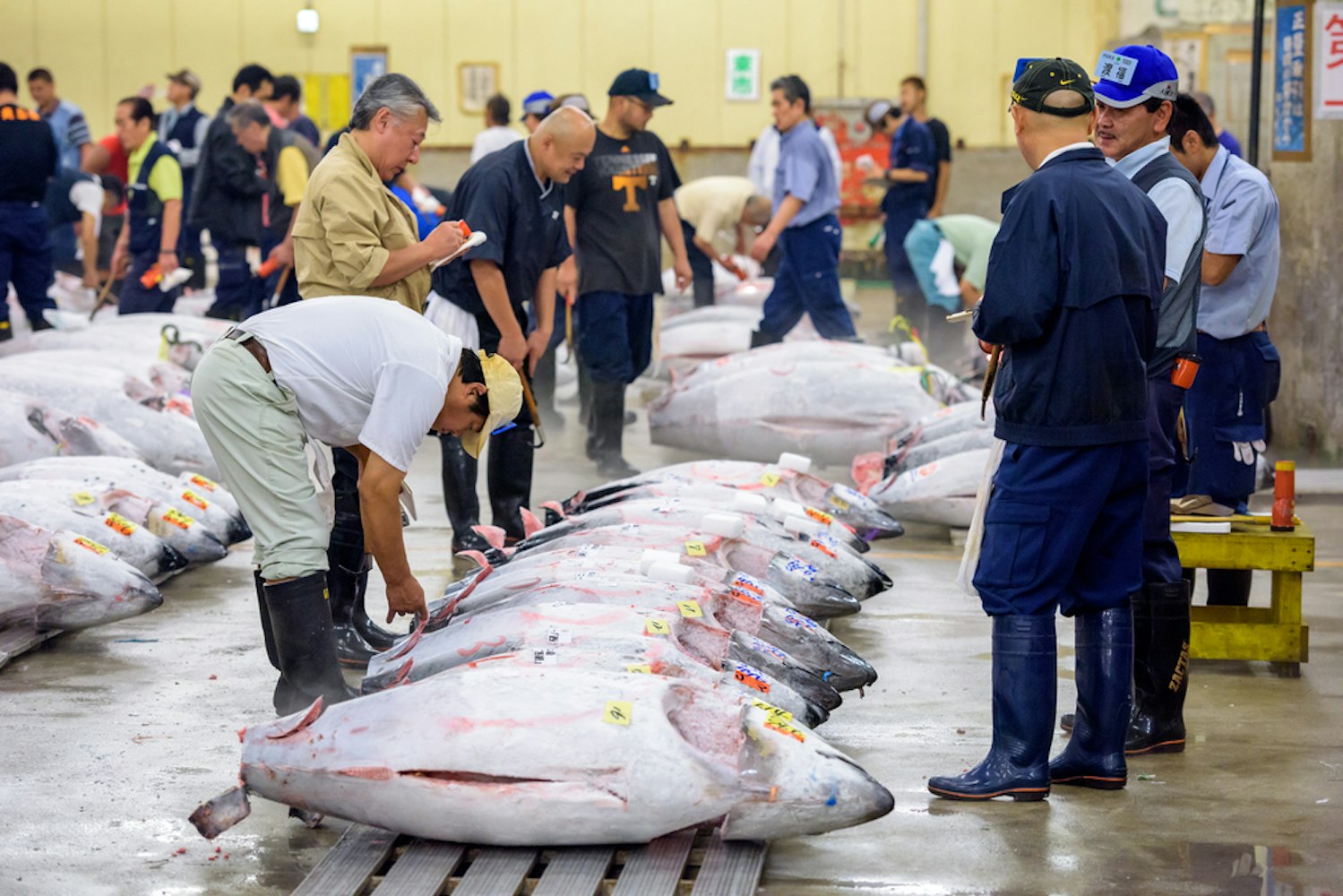
A short walk from the Tsukiji Shijo Station on the Oedo Subway Line or the Tsukiji Station on the Hibiya Subway Line will lead you to this foodie wonderland. Whether you're an early bird looking for breakfast or a traveller exploring Tokyo, Tsukiji's energetic ambiance is sure to make your visit memorable.
Unique Experiences at Tsukiji
Visiting Tsukiji isn't just about shopping; it's an immersive experience that allows you to delve into Tokyo's rich culinary culture. You can watch skilled chefs prepare sushi right before your eyes, sample unique dishes at various restaurants, or even join a sushi-making class.
Despite the closure of the inner market in 2018, the outer market remains a great place to visit if you love fresh fish or sushi. From welcoming shops to exciting food tastings, Tsukiji offers a unique experience that goes beyond the typical tourist trail.
Toyosu Market: The Future of Fish Trading
The Toyosu Market, located in the Toyosu area of the Kōtō ward, is a massive upgrade from the former Tsukiji market. This wholesale market, one of the largest fish markets globally, serves as a critical hub for seafood distribution in Tokyo and beyond.

Opened on October 11, 2018, Toyosu Market is not just a seafood market; it also deals with fruits and vegetables, showcasing the incredible diversity of Japanese produce. With its cutting-edge facilities and technology, Toyosu Market is shaping the future of fish trading.
State-of-the-Art Facilities at Toyosu
Toyosu Market is renowned for its state-of-the-art facilities, designed to ensure the highest quality and safety of its products. Unlike traditional markets, Toyosu is entirely enclosed, providing a controlled environment for handling fresh produce.
Among its standout features is the Tuna Auction Observation Deck located on the fourth floor of the Fish Intermediate Wholesale Market Building. Visitors can witness the high-stakes tuna auctions from this vantage point, offering a thrilling experience unique to Toyosu.
Toyosu's Impact on Seafood Distribution
The Toyosu Market plays a pivotal role in seafood distribution in Tokyo and across Japan. It is the cornerstone of the supply chain, ensuring that restaurants, retailers, and consumers have access to the freshest seafood.
Furthermore, Toyosu's strategic location, seamlessly connected via promenades directly to the train station on the Yurikamome line, enhances its accessibility. This, combined with its state-of-the-art facilities, makes Toyosu a key player in the distribution of seafood and other fresh produce.



